How to Understand Wood Tones (Insider Tips)
Identifying wood tones is a real challenge. Deciding between different wood tones and finding the perfect one create confusion.
Honestly, after deciding, my mind asks in the background: Are you sure?
Did you feel the same way? Don’t feel bad if you have a hard time seeing wood undertones because they can be tough to see.
It is very important to identify your wood’s undertone, not just to mix and match but especially in the case of purchasing new wood floors.
Why? Because when you spread the wood across a broad expense of space, the undertone will appear much more prominently.
For example, cherry wood has a warm and obvious red undertone. Red will be the noticeable color once the entire floor is installed.
This will be a good thing if you want it. I am sure that knowing what you will achieve before purchasing and applying is what will make you happy with the result.
I’ll let you in on a secret; the more practice you have, the easier it gets. However, this is not your job, and maybe you have never been in that situation before.
Let me share some tips with you, and I am confident that you will never have trouble understanding wood tones.
Compare Different Wood Samples
When you compare different wood samples, it will help you to read the undertone clearly by making the undertone pop out right away.
Here is an example:
What do you think about the undertone?
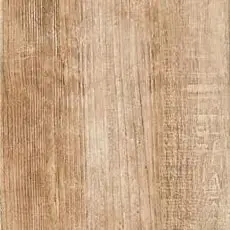


What about now? Isn’t it way easier to read the undertone when you bring cool, warm, and neutral wood tones together?
This wood has obviously a warm tone.
If you think it is, then I will give you this knowledge to use when comparing different wood tones.
Warm Tones of Wood
Warm wood tones likely to appear more red, orange, and yellow, such as cherry, oak, and maple.
Cool Tones of Wood
Cool undertones will read more gray and purple. Examples of cool woods are dark walnut, black wenge, and gray wood stain.
Neutral Wood Tones
When you see a beige mass tone, it is almost always a neutral tone.
Neutral color wood tones are a perfect choice to mix with other wood tones.
Hazelnut, white oak, and walnut are neutral color wood.
The mass tone is the first recognizable color as soon as you see the color. However, the undertone has a different meaning than a mass tone.
For example, the color turquoise always creates confusion. Is it has a green undertone or a blue undertone?
It has a green undertone, but you see both blue and green when you first look at it.
Undertone is the one that is difficult to understand, especially when you are looking at a particular color itself.
The easiest way to understand the undertone is to compare it to other colors. Use one cool color and one warm color to find out what is your color undertone. If you do that, the undertone will reveal itself.
Mass tone and undertones can be the same or different in various scenarios.
When You Don’t Have Other Samples
Looking at the color in natural sunlight is always a good idea to see the undertones.
For instance, there are tones of white paint color options, and the easiest way to decide whether it is cool or warm is to paint the wall first, which gets direct sunlight.
Sunlight helps the wood look more like one color, and usually, the undertone stands out.
If you ask me, I always prefer to use a neutral undertone to easily mix with any other wood finish that I will use in that space and the furniture pieces.
Now you can be confident when you are choosing wood for your floors or wood finish colors.
Which undertone do you prefer in your wood finishes?



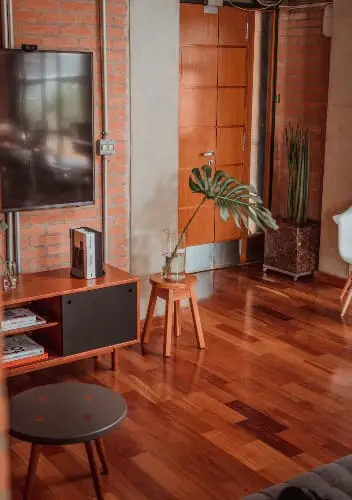
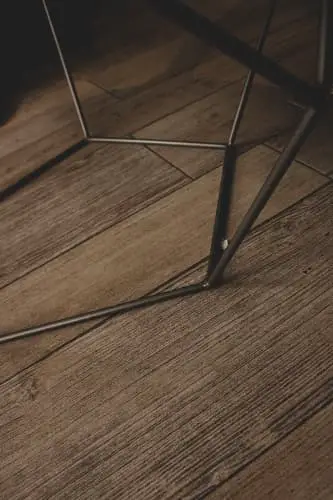



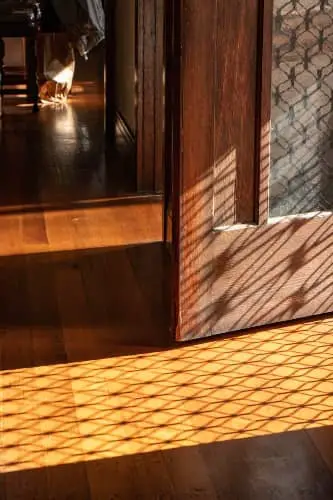
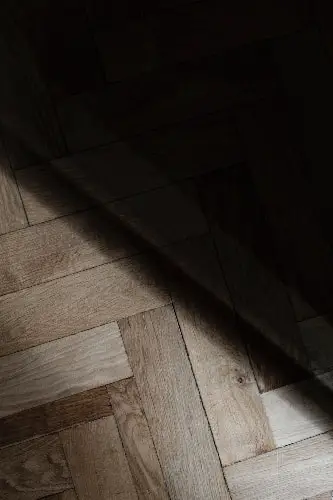

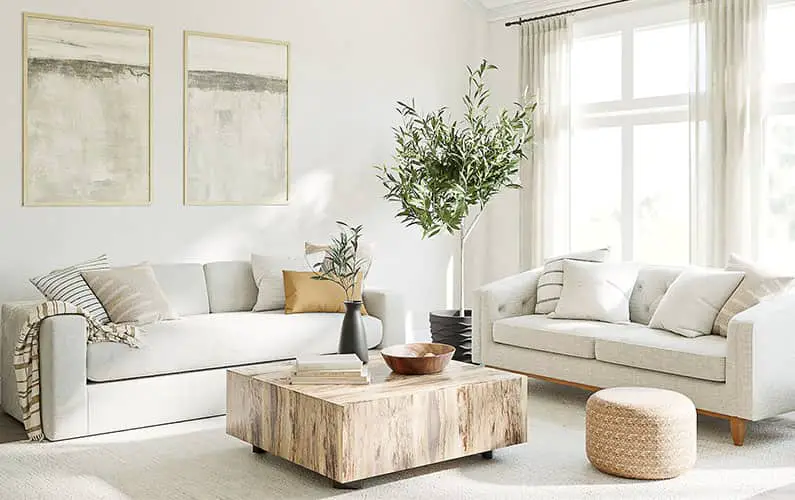


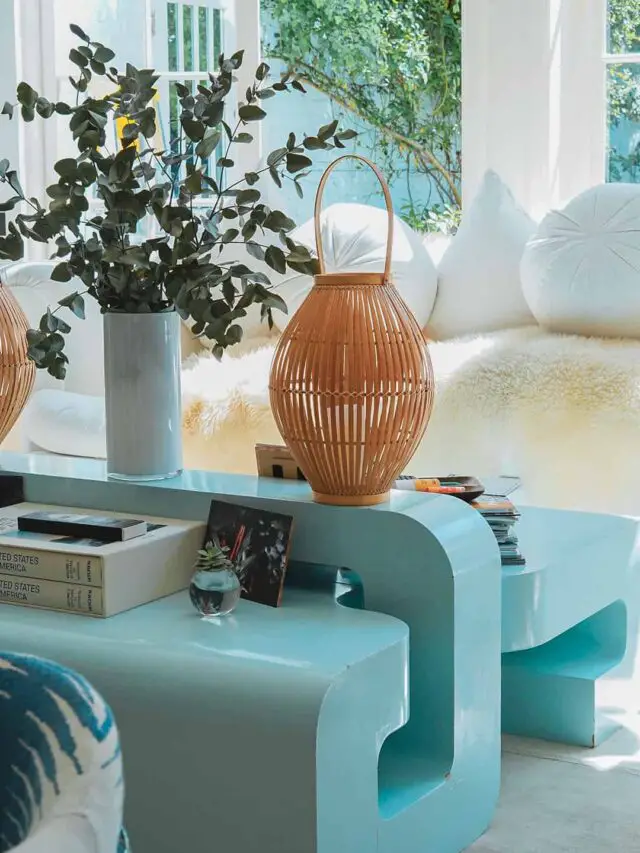

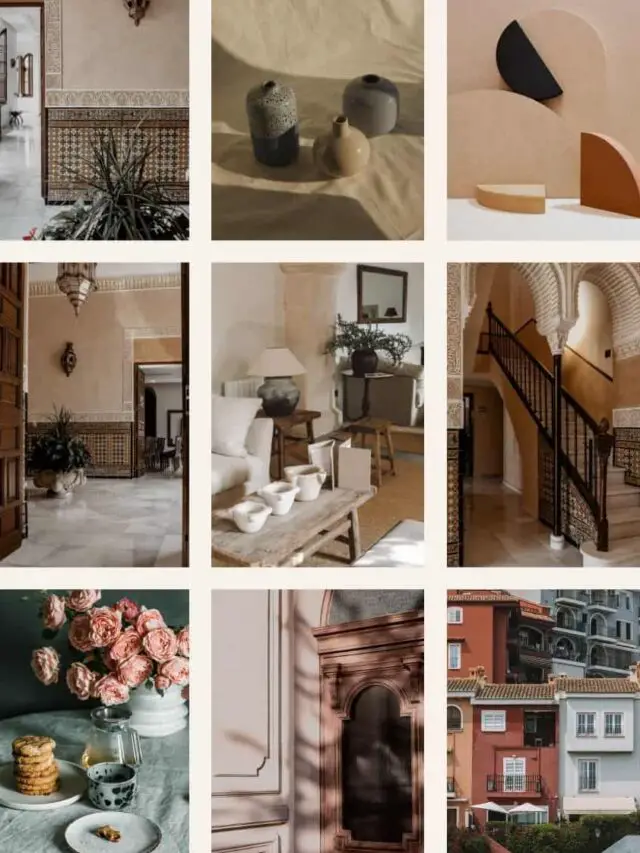
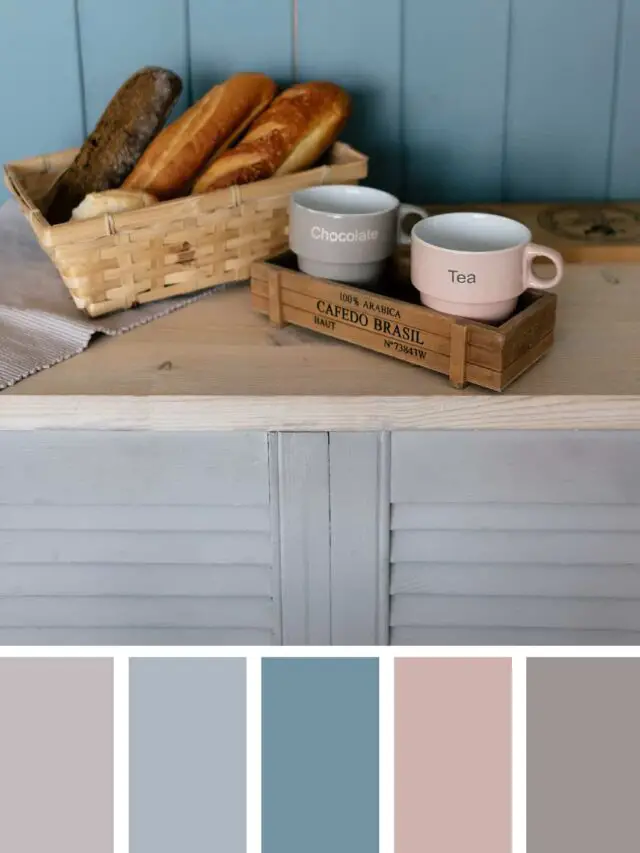

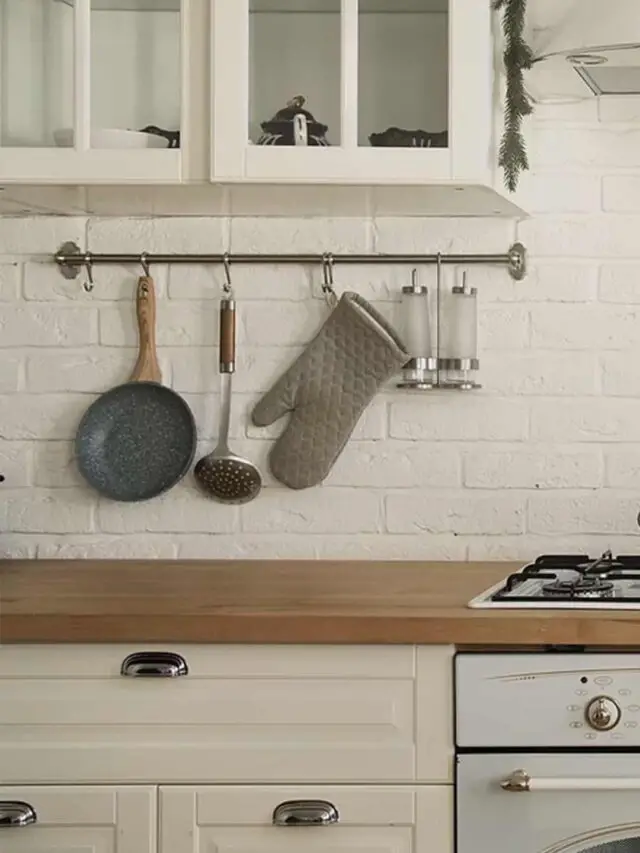
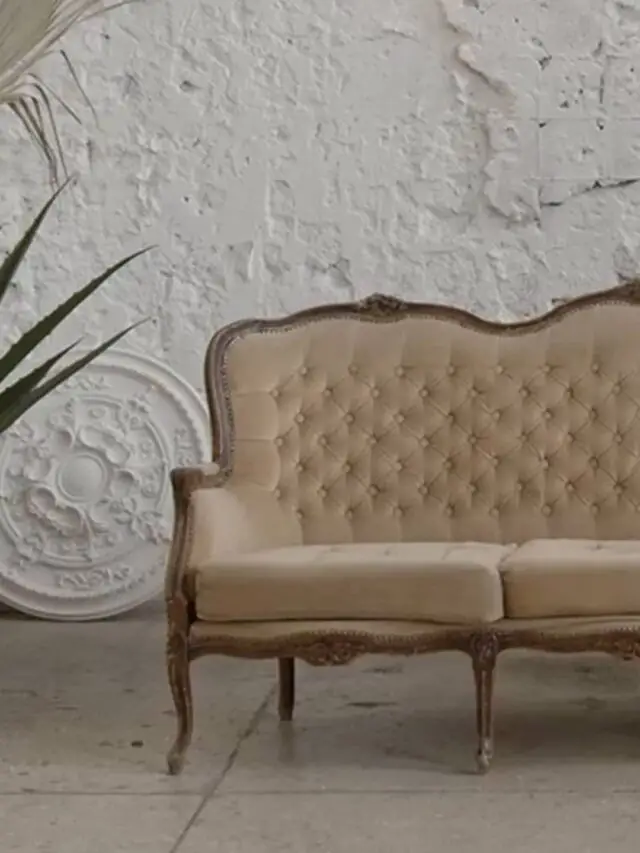

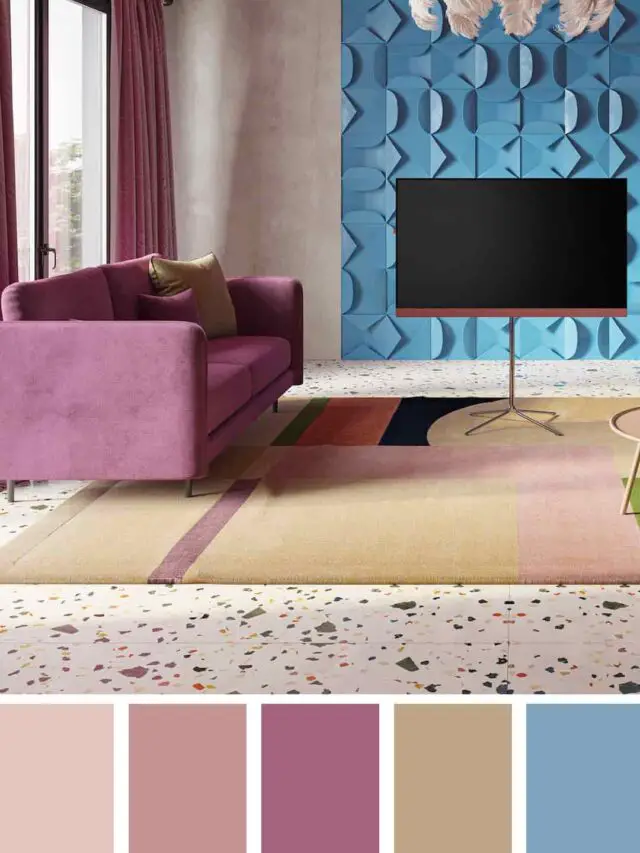

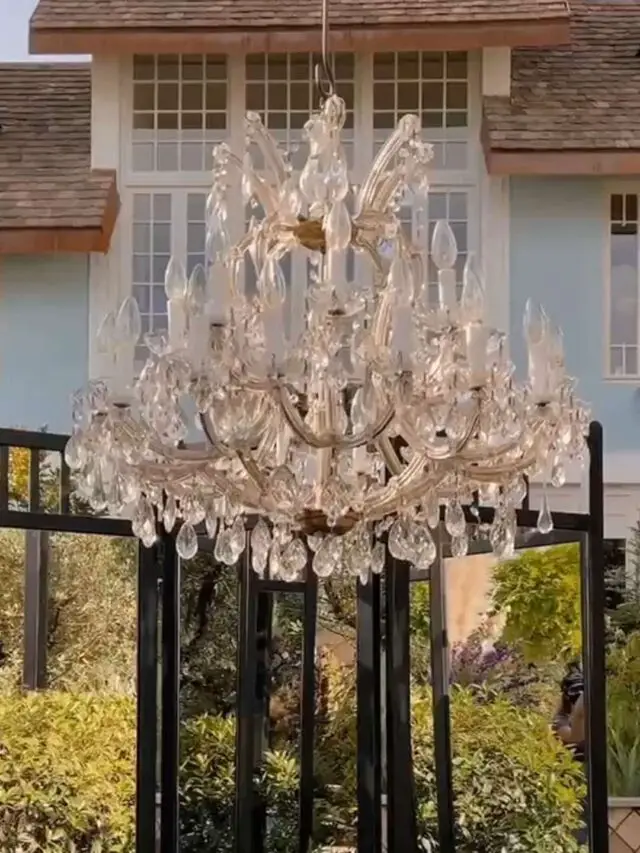
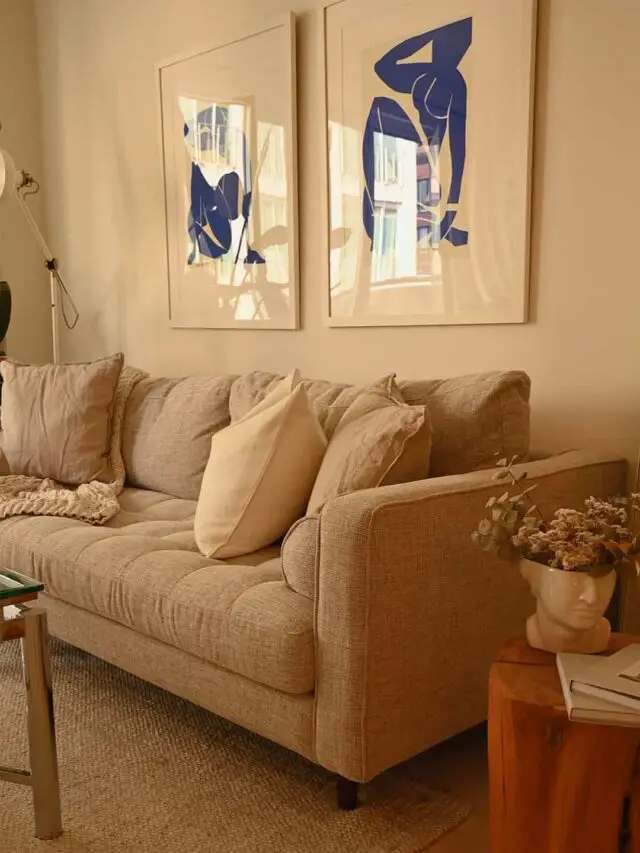
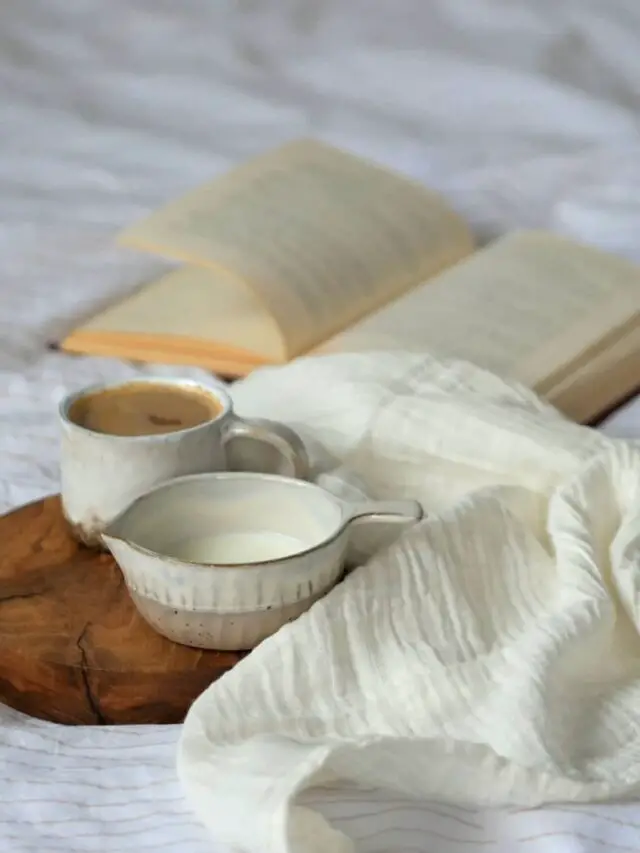
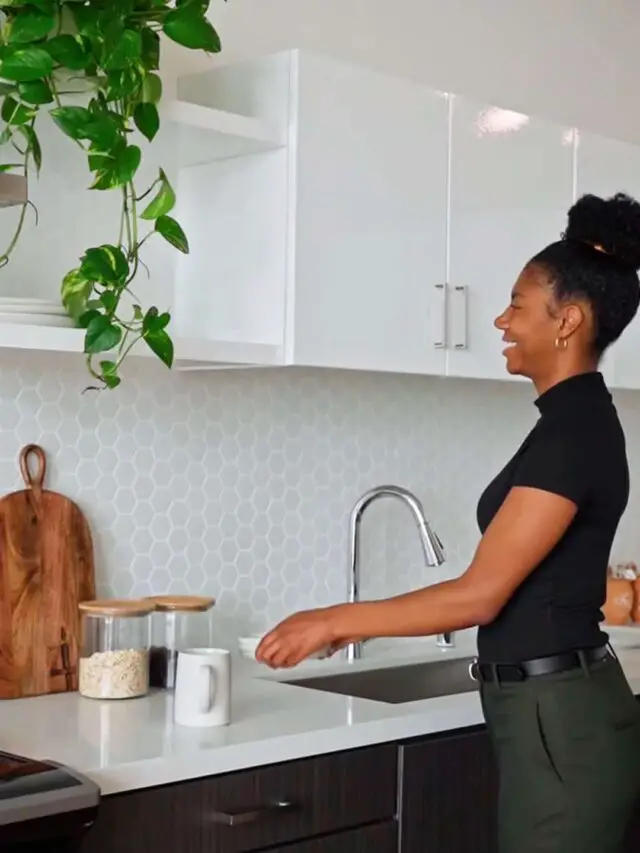
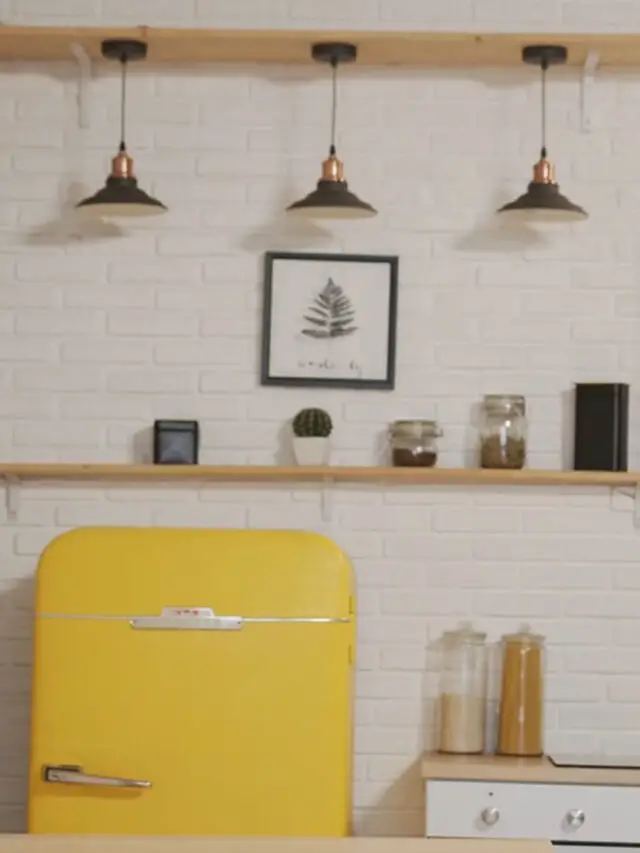
0 Comments